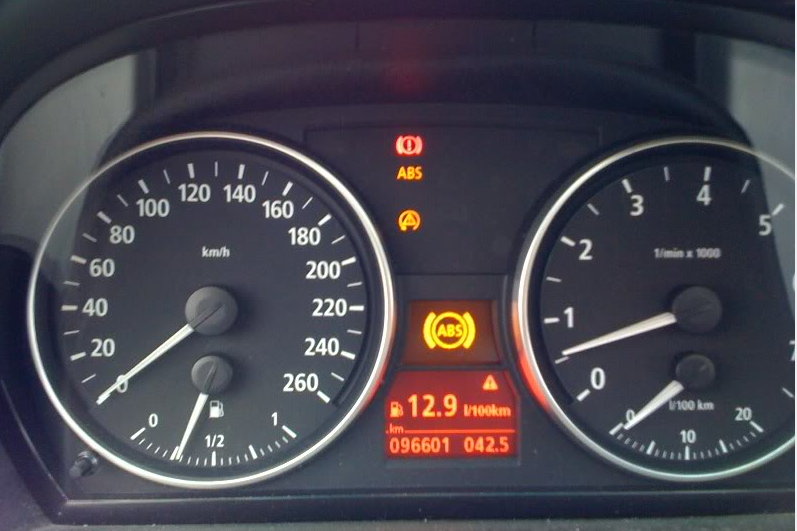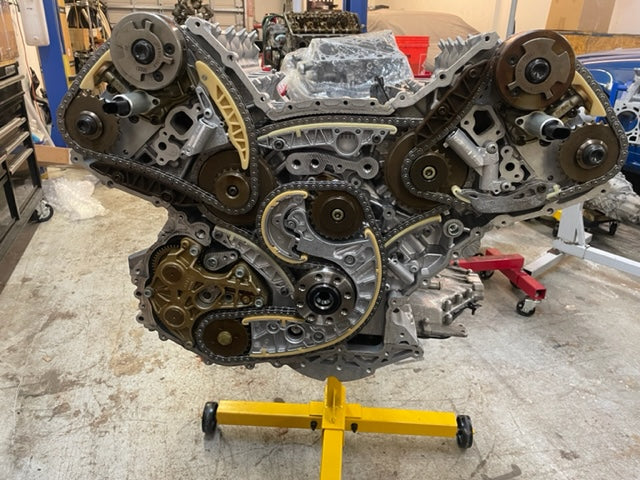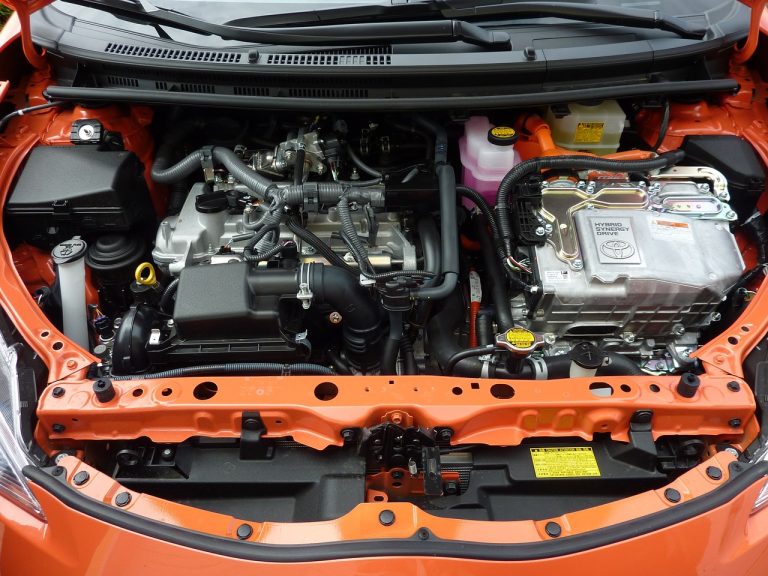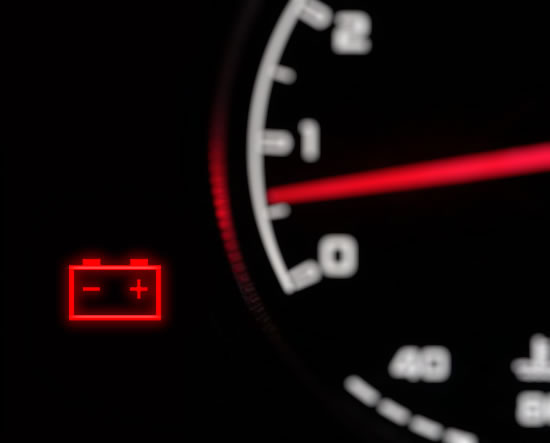Welcome to our comprehensive guide on dealing with the ABS light and traction control light in your vehicle. If you’ve ever seen these warning lights on your dashboard, you know how concerning they can be. But fear not, we’re here to shed light on these issues and help you get back on the road with confidence.

Understanding ABS and Traction Control
ABS Light and Traction Control Light: Unraveling the Mystery
When your vehicle’s ABS (Anti-lock Braking System) light and traction control light come on simultaneously, it’s essential to understand what they signify. These lights indicate potential problems with your vehicle’s safety systems. Let’s delve into the specifics.
Common Causes
Sensor Malfunction: A Common Culprit
Sensor malfunction is a frequent cause of the ABS and traction control lights turning on. The sensors monitor wheel speed and provide data to the system. When a sensor fails, it can trigger the warning lights.
Brake Fluid Level: The Vital Fluid
Low brake fluid levels can also lead to these warning lights. Brake fluid is crucial for the proper functioning of the ABS system. If it’s low, the system may not work as intended.
Wheel Speed Sensor Ring: A Hidden Issue
Sometimes, damage to the wheel speed sensor ring can occur due to debris or corrosion. This can disrupt the sensor’s readings and cause the lights to illuminate.
Faulty ABS Pump or Module: A Costly Concern
In rare cases, a malfunctioning ABS pump or module can trigger these lights. This is a more complex and expensive issue to address.

How to Diagnose the Problem
Diagnosing ABS and Traction Control Light Issues: Step by Step
To resolve the ABS and traction control light issue, you can follow these steps:
- Check Brake Fluid Level: Start by inspecting the brake fluid reservoir. If it’s low, top it up with the recommended fluid type.
- Inspect Sensors: Examine each wheel’s speed sensor for visible damage or disconnection. Replace or reconnect as needed.
- Scan for Error Codes: Visit a mechanic or use an OBD-II scanner to read error codes from your vehicle’s computer. This can pinpoint the exact issue.
- Inspect ABS Rings: If there’s no visible damage to the sensors, check the ABS rings on each wheel for debris or corrosion. Clean or replace them if necessary.
- Consult a Professional: If you’re unsure about any of these steps or if the problem persists, it’s advisable to consult a professional mechanic.
The Importance of Timely Maintenance
Stay Ahead with Regular Maintenance
Prevention is often more straightforward and cost-effective than dealing with problems after they arise. To reduce the likelihood of the ABS and traction control lights coming on, follow a routine maintenance schedule:
- Brake System Check: Regularly inspect your vehicle’s brake system, including pads, rotors, and calipers. Replace worn-out components promptly.
- Tire Inspection: Ensure your tires are in good condition with proper tread depth. Uneven tire wear can affect wheel speed sensor readings.
- Brake Fluid Flush: Periodically flush and replace your brake fluid as recommended in your vehicle’s maintenance schedule.
- Keep Sensors Clean: Maintain clean wheel speed sensors and ABS rings by cleaning them during tire changes or as needed.
- Check Electrical Connections: Ensure that all electrical connections related to the ABS and traction control systems are secure and free from corrosion.
- Use Quality Parts: When replacing components, opt for high-quality, OEM (Original Equipment Manufacturer) or recommended parts to ensure compatibility and reliability.

Getting Professional Help
When in Doubt, Seek Expert Advice
While some DIY enthusiasts may successfully troubleshoot and fix ABS and traction control issues, these systems can be complex. If you encounter problems beyond your expertise, don’t hesitate to consult a professional mechanic or a dealership. They have the specialized tools and knowledge to diagnose and repair these systems accurately.
FAQs
Q: Can I continue driving with the ABS and traction control lights on?
A: While it’s technically possible, it’s not recommended. These lights indicate potential safety issues, and driving without fully functioning safety systems can be risky.
Q: Are there any DIY fixes for these lights?
A: Some issues, like low brake fluid, can be addressed by topping up the fluid. However, most problems require professional diagnosis and repair.
Q: Will ignoring these lights lead to further damage?
A: Ignoring these warning lights can lead to more extensive and costly repairs down the line. It’s best to address the issue promptly.
Q: How much does it cost to repair the ABS and traction control system?
A: Repair costs vary depending on the underlying issue. Sensor replacements are relatively inexpensive, while ABS pump or module repairs can be costly.
Q: Can I reset these lights myself after the issue is fixed?
A: In some cases, the lights may reset on their own once the problem is resolved. If not, a mechanic or OBD-II scanner can reset them.
Q: Is it possible to prevent these lights from coming on?
A: Regular maintenance and prompt attention to any warning lights are the best ways to prevent these issues.
Conclusion
In conclusion, when your ABS light and traction control light illuminate, it’s crucial not to ignore them. These lights are your vehicle’s way of telling you that there may be a safety issue that requires attention. While some problems may have simple solutions, it’s always wise to consult a professional mechanic to ensure your vehicle’s safety systems are functioning correctly.







